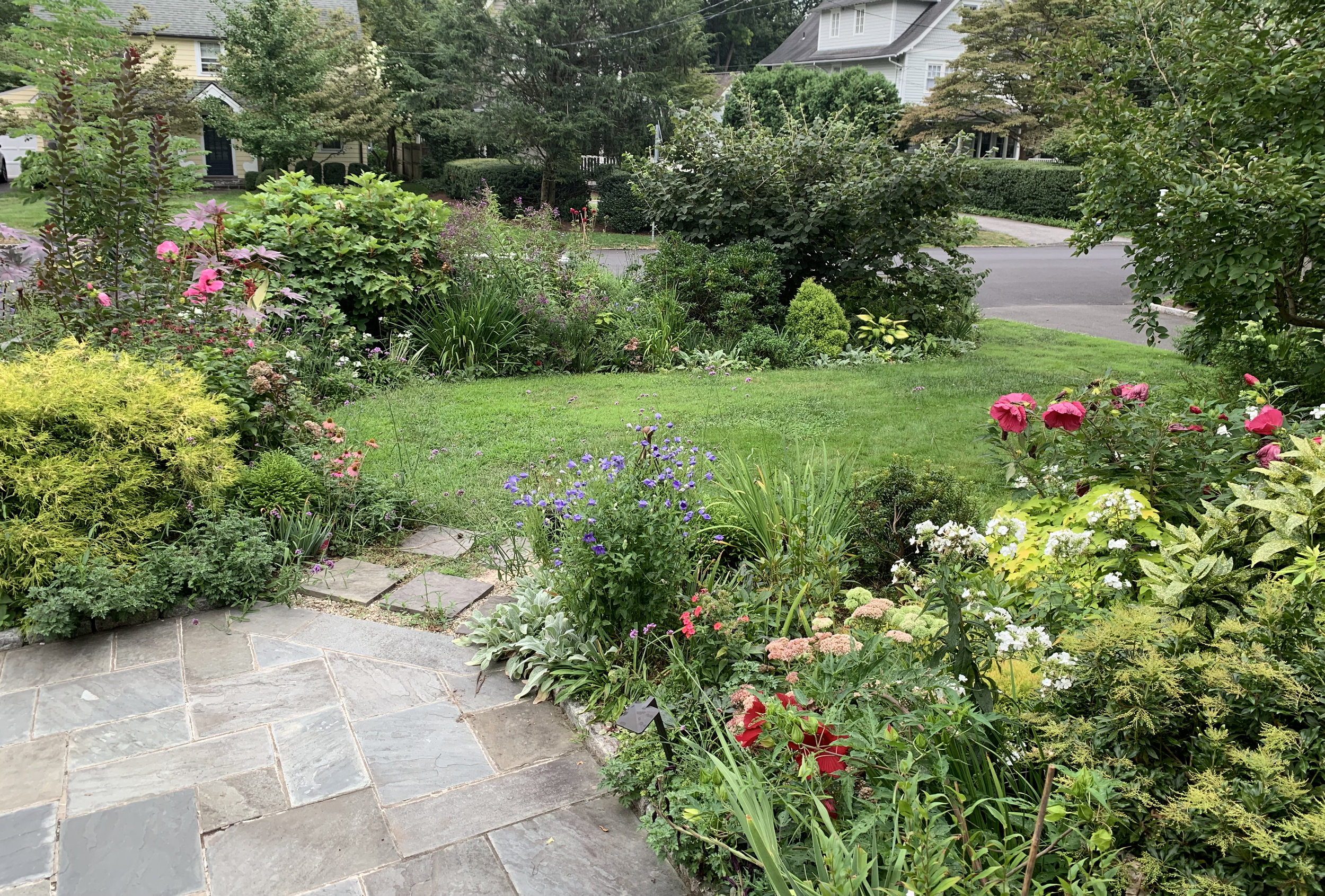Favorite Self Seeders
I grow a lot of plants from seed, including some perennials. It’s a great way to get a lot of plants and it allows me to start gardening in February. Some of my favorite plants are short lived or biennial, and the only realistic way to have them in my garden is if they start from seed, and they can make it easier by self seeding.
Simple truth: most plants will self seed. Store bought plants are usually cloned, but they have a seed started plant somewhere in their clone-ancestry. If a garden plant doesn't set seed, it's male, a sterile hybrid, lacks a pollinator, or your climate is wrong (usually your growing season is too cold and short).
I have a few favorites that I wouldn't have if they didn't self seed. Some plants don't live long, some plants won't always survive the winter, and true biennials are difficult to have if they don't self seed because nurseries don't like to carry them (nurseries need plants that look good in the pots, but a potted biennial in flower has a very short life expectancy.) Most self seeders disperse their seeds and many don't form clumps, so they look sloppy and aggressive if they aren't kept in check.
My most important criteria for self seeders: the seedlings need to be distinct and they have to be garden-worthy in pretty short order.
When I am weeding, I am not very patient. Knocking down seedlings is the easiest way to weed, and if I cannot recognize a plant in a pretty early stage, it doesn't stay. I sprouted a fair number of my plants, and that is probably the best way to learn what they look like. I also have several plants with distinct leaves, and often their seedlings stand out too. Some seedlings stay pretty close to their parents, and that helps, too. I know that I am missing out on some great plants with inconspicuous seedlings, but that's the choice I made.
I have a lot of balloon flowers, but their immature seedlings are a floppy mess and need several years before they look good. My twenty year old plants are almost four feet tall (never believe the plant catalogs) and covered with flowers. I deadhead them to keep them in bloom from July to October, but I don't get everyone, so they self seed. I have a few volunteers because I thought they looked different enough to be interesting (leaf color or exceptionally dwarf), but I generally pull them.
Verbena bonariensis and Lychnis corona are my favorite self seeders. The verbena seedling is plentiful and pretty easy to recognize. The plant starts blooming in mid June or so, and they are very airy and have almost no footprint, so they create a tall purple veil over a pretty big area which attracts butterflies by the million. The lychnis (rose campion) seedlings are cute little grey tufts and the deep pink flowers on grey stems are a favorite of mine. I cut them to the ground when they finish flowering, but I always have tons of seedlings.
Ageratina altissima (chocolate eupatorium or snakeroot, they changed the name) is another favorite. It has white fuzzy flowers that are perfectly fine, but I really love the dark, shade tolerant foliage. I let these sprout, but I am ruthless about pulling plants that are too green. The greener plants tend to be more (too) vigorous, and there is almost always a purple-black specimen right next to it.
I love aquilegia, and my favorites are the McKana. I try to protect the seedlings, and I have nursed several seedlings that turned out to be oxalis weeds, but every five years or so I have to supplement them with purchased plants or seed. They are not very long-lived and their naturally pollinated seedlings can lack pizzazz.
After several years, I am beginning to notice that my hellebores have offspring near their parents. I am not to sure what I am going to do with them: I am so excited to see them, but it's suddenly clear that I could potentially find thousands.



